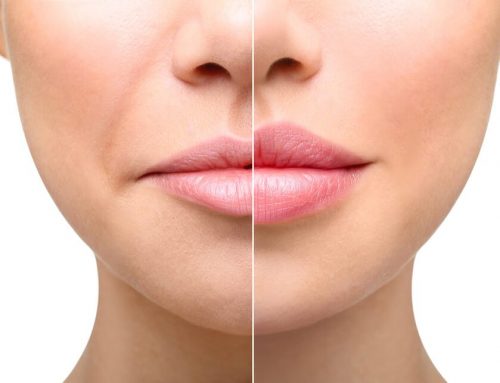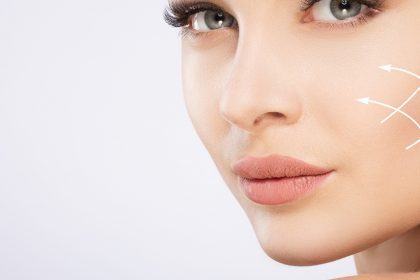If you want to fill nasolabial folds or correct cheekbones with hyaluronic acid, take the procedure as seriously as possible: the “gray cosmetology” market is growing along with the number of adverse reactions after the introduction of fillers. In addition, not every doctor will be able to achieve natural results. Can fillers ruin face and what can you do to avoid it?
Never agree to a procedure for an unusually low price
The price of contour plastic surgery with fillers consists of three components: the cost of the drug + professionalism of the cosmetologist + experience. If the price is lower than the market price, it means that you are saving on something. And you increase the risk of unwanted effects. Poor-quality contouring threatens edema, allergic reactions, Tyndall effect and even vascular damage.
Choose a doctor without a professional facial deformity
If the doctor himself has the cheekbones of Maleficent, and his lips appear because of the turn a minute earlier than he himself – you should think about what results you will come to with him. For those who are afraid of hypercorrection, it makes sense to choose a beautician without a professional deformity.
Be extremely careful with nasal filler nose correction
The most dangerous area for correction with hyaluronic acid is the nose with its complex vascular system. Blockage of the vessel with the drug can lead to tissue necrosis and even blindness. Doctors’ opinions on non-surgical rhinoplasty are still divided. Some think the nose should be treated very carefully with a cannula, others stuff it with milliliters of gel right at congresses. If you’re thinking about such a procedure, talk to your beautician about all the possible risks. If there are indications for rhinoplasty, it is better to contact a plastic surgeon.
How much product can be injected?
You can’t fill your face with liters of hyaluronic acid. Yes, volumetric correction is popularized at cosmetology congresses, but this approach is dictated by marketing and sales. For many professionals, the limit is 2 ml for different areas during one procedure. By increasing the volume, we increase the risk of unwanted reactions.
Listen to your doctor’s recommendation to remove old fillers
Don’t keep old fillers, especially if they have been behaving erratically-for example, you have been experiencing occasional swelling and soreness. The fact is that along with hyaluronic acid the patient sometimes gets microflora from the office of a specialist – if the requirements were violated aseptics and antiseptics. By introducing a new quality product (already in sterile conditions!), we risk stirring up a “hornet’s nest” of dormant infection. For everyone’s peace of mind, it is better to remove the old drug with hyaluronidase before correction.





